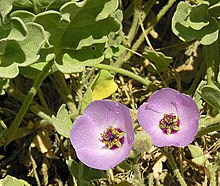
Eduard von Martens also known as Carl or Karl Eduard von Martens, was a German zoologist.

Malvoideae is a botanical name at the rank of subfamily, which includes in the minimum the genus Malva. It was first used by Burnett in 1835, but was not much used until recently, where, within the framework of the APG System, which unites the families Malvaceae, Bombacaceae, Sterculiaceae and Tiliaceae of the Cronquist system, the aggregate family Malvaceae is divided into 9 subfamilies, including Malvoideae. The Malvoideae of Kubitzki and Bayer includes 4 tribes:

The Unionidae are a family of freshwater mussels, the largest in the order Unionida, the bivalve molluscs sometimes known as river mussels, or simply as unionids.
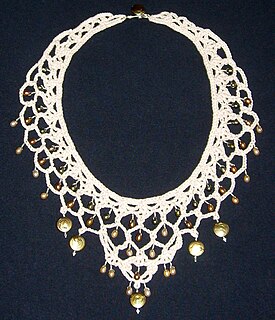
Cultured freshwater pearls are pearls that are farmed and created using freshwater mussels. These pearls are produced in Japan and the United States on a limited scale, but are now almost exclusively produced in China. The U.S. Federal Trade Commission requires that farmed freshwater pearls be referred to as "freshwater cultured pearls" in commerce. Quality of cultured freshwater pearls is evaluated through a grading system of a series of A values, based on luster, shape, surface, colour and matching.

John Fraser, FLS, F.R.H.S., was a Scottish botanist who collected plant specimens around the world, from North America and the West Indies to Russia and points between, with his primary career activity from 1780 to 1810. Fraser was a commissioned plant collector for Catherine, Czar of Russia in 1795, Paul I of Russia in 1798, and for the Dowager Empress Maria Feodorovna in 1806; he issued nursery catalogues c. 1790 - 1796, and had an important herbarium that was eventually sold to the Linnean Society.
Cristaria is the scientific name of two genera of organisms and may refer to:
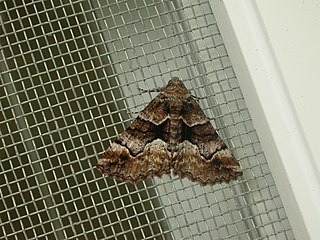
Gastrina is a monotypic moth genus in the family Geometridae. Its only species, Gastrina cristaria, the wave-lined geometrid, is found in the south-eastern quarter of Australia. Both the genus and species were first described by Achille Guenée in 1857.
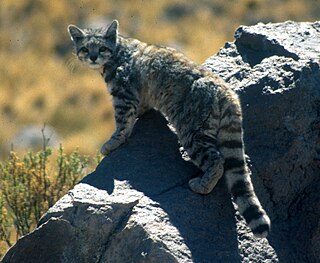
On 19 August 2018, the IUCN Red List of Threatened Species identified 4584 endangered species, subspecies, stocks and subpopulations.
Thalamiflorae is a historical grouping of dicotyledons, arranged in the De Candolle system and in the Bentham and Hooker system. This group was named and published well before internationally accepted rules for botanical nomenclature. In these systems, a family was indicated as "ordo", and modern rules of botanical nomenclature accept that as meaning a family rather than an order.[Article 18.2] Family names have also since been standardized.
Cristaria is a genus of freshwater mussels or pearl mussels, aquatic bivalve mollusks in the family Unionidae.
C. elegans most commonly refers to the model round worm Caenorhabditis elegans. It may also refer to any of the species below. They are listed, first in taxonomic order and, second, alphabetically.
Cristaria elegans is a species of flowering plant in the family Malvaceae native to Chile.
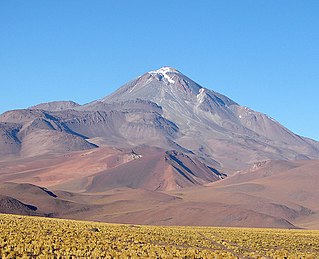
Llullaillaco is a dormant stratovolcano at the border of Argentina and Chile. It lies in the Puna de Atacama, a region of tall volcanic peaks on a high plateau close to the Atacama Desert, one of the driest places in the world. It is the second highest active volcano in the world after Ojos del Salado.

Unioninae is a subfamily of freshwater mussels in the family Unionidae. This superfamily has a wide distribution, being found throughout Eurasia, North America and Africa.
